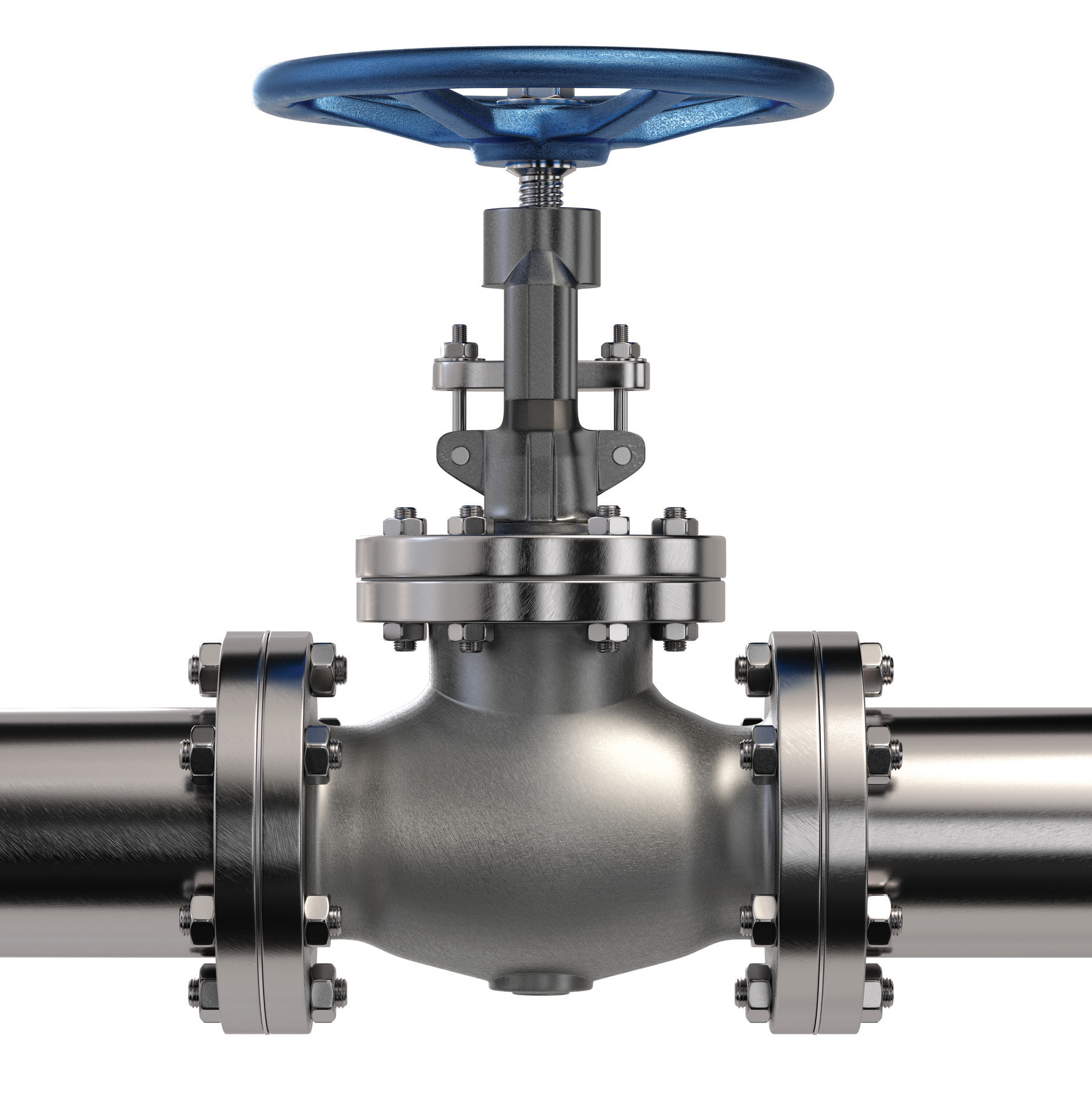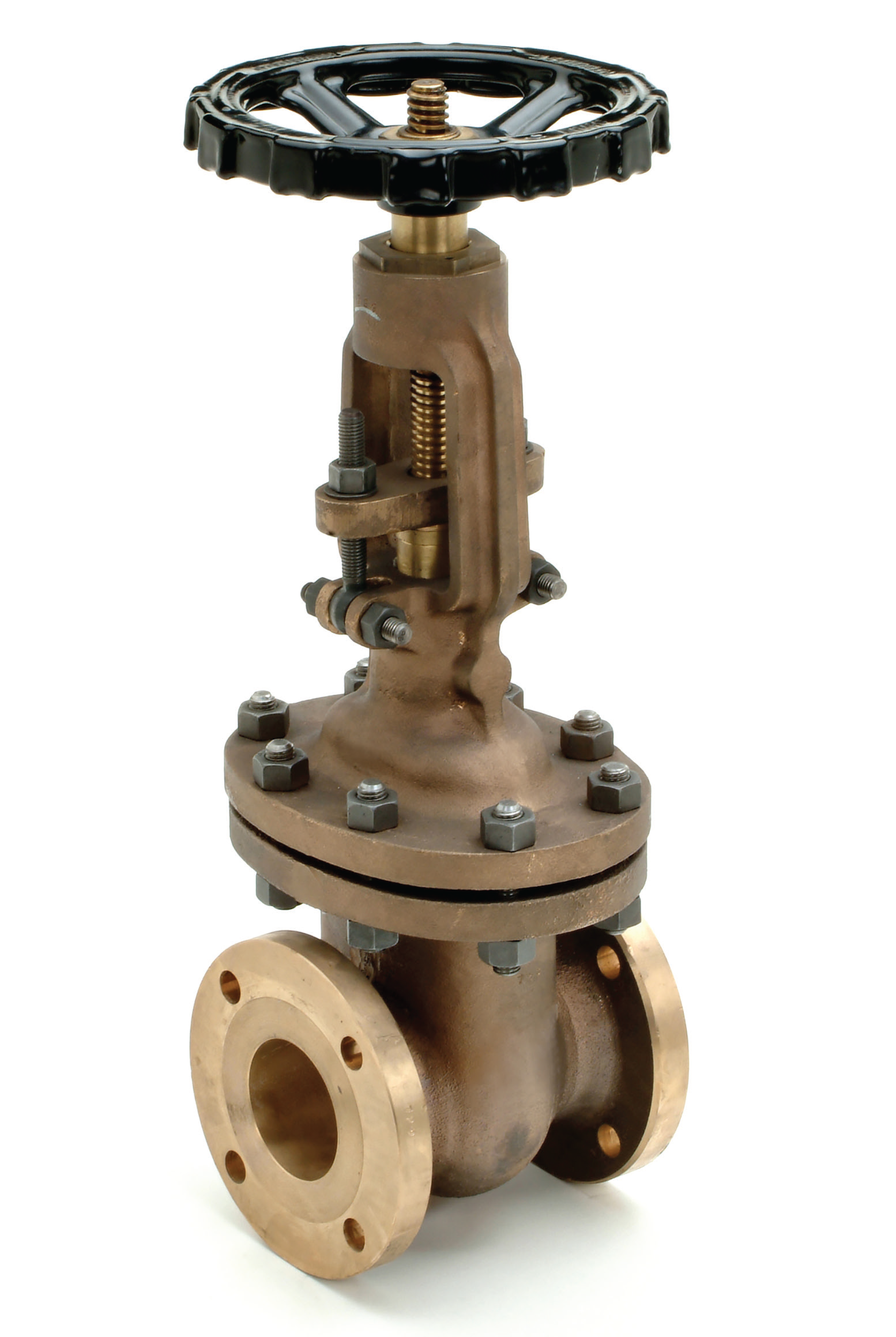Casted valves and forged valves have complex differences. The way each valve is manufactured varies; for this reason, the asset’s standards and regulations, cost-effectiveness, and operating conditions also tend to differ. Valve professionals across the board must consider a series of factors prior to choosing the correct valve for their application.
By Angelica Pajkovic and Shopia Ketheeswararajah
Understanding the Differences in Manufacturing Processes
There are distinct differences between casted and forged valves, and each type carries its own set of advantages and challenges.
Casted valves, as the name suggests, undergo a process called casting, where molten metal is poured into a valve mold and solidified. Once the molten metal cools and takes the shape of the casted valve, it is removed from the mold and goes through a finishing method. Castings or casted valves can be manufactured in complex shapes and intricate designs that can be challenging to achieve with forged valves. The design flexibility with castings can accommodate various combinations of configurations and sizes. Additionally, the cost-effectiveness of manufacturing a casted valve is generally greater, especially when producing larger quantities of valves.
Forged valves undergo a manufacturing process where metal is heated and shaped using compression. Forging sub jects’ material to high pressure to create the valve shape and its grain structure is aligned to improve the mechanical properties of the component. The valve’s structural integrity comes from the grain structure; this allows for resistance to fatigue and stress. Forged valves typically result in fewer internal defects like porosity. These components are known for their strength, which is what makes them suitable for high-pressure and high-temperature applications.
When comparing the integrity of the two manufacturing processes, each has its own advantages and disadvantages. Casted valves tend to have lower strength and durability in comparison to forged valves. This is especially apparent in complex applications. Castings can also run a higher risk of having internal defects, as opposed to forged valves, which can impact the mechanical properties and the structural integrity of the valve. Forged valves, on the other hand, obtain limited complexity. These valves are most effective when the design and shape are simple. Forging can be higher in cost; it is generally more expensive to manufacture the forged valve.
The choice between casted and forged valves therefore typically depends on the specific requirements of the application and the trade-offs between cost, performance, and design complexity.
Application Specific Use
There are several factors to consider when deciding which process to use, including factors such as temperature, pressure, the type of fluid being run in the system, and performance expectations.
Casted valves are usually found in moderate to low pressure and temperature applications. For example, wastewater treatment plants and water supply systems typically use casted valves, as these operations are not usually in extreme environments. These assets are also prevalent in general industrial use, including oil & gas distribution, chemical processing of non-critical applications, and other processes that do not involve highly corrosive or abrasive fluids.

Forged valves tend to serve opposite environments or applications. Forged valves excel in systems that involve demanding circumstances such as extreme temperatures and pressure. From oil & gas production and petrochemical refining to power generation and steam systems, these applications often require forged valves because of their durability.
In critical service conditions, where reliability and safety are paramount, users often lean towards accessing forged valves, as they are well suited for operations that involve corrosive and hazardous fluids or other potential failures that could have significant consequences.
These valves are often found in pipeline systems, where the valve must provide tight sealing and resistance to pipeline stress. Additionally, forged valves allow for long-term performance without frequent shutdowns or maintenance.
Safety Considerations
It goes without saying that the safety requirements of these specific types of valves depend on material selection, operation requirements, manufacturing quality, and adherence to industry standards. When appropriately used, these assets are generally successful in operation. Typically, applications with low to moderate pressure and temperature services use cast valves. Its material quality relies heavily on the casting process, proper material selection, and quality control during the manufacturing process. It is vital to prevent defects that compromise the valve’s integrity.
All valves are inspected and tested prior to being installed in a facility. Inspections can include non-destructive testing (NDT) methods such as ultrasonic, radiographic, and pressure testing to identify shortcomings of both types of valves.
Casted valves can have limitations in terms of pressure resistance and are not typically the first choice for applications that are high-pressure or high-temperature. If a casted valve is used beyond its design limits it can lead to leaks or ruptures, becoming a leading cause for safety hazards.
Forged valves are higher in strength and are known for their durability in comparison to cast valves, making them more suitable for extreme operations.
The forging process also ensures material integrity through the grain structure of the metal. Its enhanced mechanical properties and resistance reduce failure risk, particularly in critical service applications.

Cost Efficiency
Depending on the application, the price of a required valve can vary widely. The price point between forged and cast valves is determined based on factors such as size, material selection, design complexity, respective manufacturing methods, and market influences.
Casted valves are more cost-efficient to produce, especially when purchased in bulk. Choosing between sand casting and investment casting, for example, can also affect the price point of these assets; the material that is used for these processes, its finishing, and machining are all factors that are considered.
Generally, forged valves are more expensive than cast components because of the additional steps involved in the manufacturing process. The cost of forging equipment, precision machining, and additional inspections and testing contribute to its higher price. Carbon steel, stainless steel, and other exotic alloys, the valve’s size, and its required industry certification contribute to the price point of the component.
As pricing is influenced by many of these variables, users are always advised to work with manufacturers, suppliers, and distributors to obtain the most accurate pricing information, based on the project’s requirements. Although the initial cost is important, factors such as performance, safety maintenance, and the overall lifecycle cost of the valve are paramount when choosing the correct component.
Final Words
Comprehending the fundamental distinctions between these two valve types is imperative. The safety and reliability of both casted and forged valves are innately tied to the aspects of design, manufacturing protocols, material choices, quality assurance, and alignment with industry regulations. While both of these assets have their differences, the selection pro- cess is dependent on the application and the nature of the processes.
The Valve World Americas Expo and Conference 2025 will be a game- changing event where innovation and expertise come together in a showcase of progressive technology and industry insights. At this event, the Casting Pavilion will ignite conversation amongst valve enthusiasts as they come together to share their expertise, strategies, and solutions.
Whether you are a seasoned professional or just beginning to step into the industry, this event is tailored to connect like-minded individuals. Join Valve World Americas Expo and Conference 2025, where the Casting Pavilion is just one of many reasons to be excited. For more information contact Angelica Pajkovic at a.pajkovic@kci-world.com. We look forward to seeing you there!


